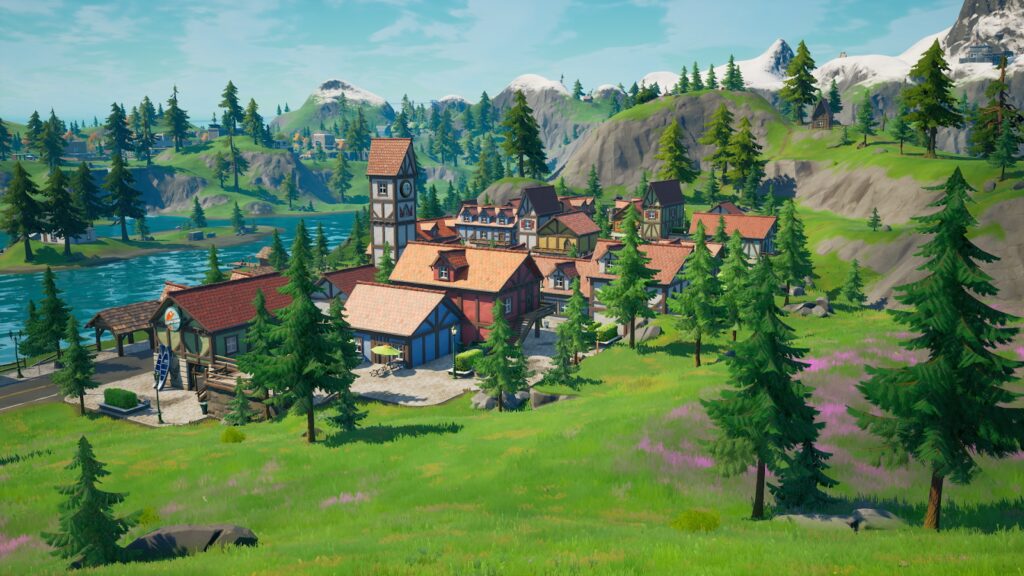Simulation games are popular because they create virtual worlds for players to interact with, providing new adventures and enhancing problem-solving skills. Creating these worlds requires careful planning and design, technical expertise, and management skills. Designers must consider character design, world features, and realistic economics, as well as balancing game mechanics and difficulty levels. The game engine handles all aspects of the game, including graphics, physics, and artificial intelligence. A game world map is essential for managing movement between environments. Challenges in creating virtual worlds include programming, graphic design, and user experience, as well as developing multiplayer capabilities.
Introduction
Simulation games have become increasingly popular over the years. These games create virtual worlds for players to interact with, allowing them to experience new adventures or enhance their problem-solving skills. Developing these virtual worlds require careful planning, unique design and management skills.
The Art of Creating a Virtual World
Designing a virtual world requires a characteristic level of imagination, creativity and technical expertise. Being an artist in this field means you have to be able to create something visually stunning and captivating that makes players want to explore it further. A great example of this is ‘The Sims’, which is both engaging and visually pleasing. Each object has a unique design, making the game feel more realistic as the players can interact with various objects in the game.
Designing Characters and World Features
Designing characters is an important aspect when it comes to creating a virtual world. Characters need to be able to interact, move and engage with the environment, making a carefully planned approach to designing how they look and act important. For the surrounding environment, designers need to put thought into creating the world’s landscapes and designing the structures within it. Players must feel comfortable and interactive with the environment to make the game-realistic and enjoyable.
The Technicalities of Creating a Virtual World
Developing a virtual world also requires an engineer called Game engine or rendering engine which sets the rules, tracks data and makes the game environment work. The game engine handles all aspects of the game, such as rendering graphics, handling the physics, artificial intelligence, and implementing particle systems. These engines are made by game developers, giving them control over everything in the game. There are different middleware solutions that can make the process of developing a game a lot easier. These types of solutions allow the developer to use an existing system to create a game that can further enhance the game mechanics and graphics.
A Game World Map – A Necessity
The first step in crafting a game world is to plan a game world map. This is crucial so that deciding how players move from one environment to another within the game world can be easily managed. A good game world map enhances the player’s experience by optimizing exploration and resource use while also guiding progress and the creation of more difficult challenges as the levels get harder.
The Economic Side of Simulation Games
A key focus of simulation games is often economics, as such games require management of resources and finances to ensure that the player’s goals are met. This economy must be logical and managed well to prevent the game from becoming completely unwieldy, as countless transactions and resource management tasks are in operation. An excellent example of this is ‘Railroad Tycoon’. It allows players to buy and sell railroads, buy stocks in other companies, and end up with millions of dollars if played correctly.
Realism in the Economy
It is important to make the in-game economy as realistic as possible. Players must manage resources efficiently, just as in the real world, to progress to higher levels or finish the game. In many simulations, players need to make value-based decisions that involve balancing multiple variables like potential profits, environmental/resource degradation, or threats of competitors. This makes for a more realistic experience for the gamer.
Challenges in Creating a Virtual World
The creation of simulation games involves many challenges, in terms of programming, graphic design, and user experience. The single purpose of a simulation game is to have fun, build and grow where necessary. The player should feel thrilled but not overly stressed. The unique challenge of multiplayer games provides another level of complexity, requiring programmers to find ways to implement online play and in-game social interactions while managing the bandwidth and resources used.
A Balancing Act
Players need to be able to access the necessary controls and game mechanics quickly, but not so quickly that they burn through the game too fast. The gamemaker must create a game that is both easy enough to attract casual gamers but complex enough to attract enthusiasts. There has to be a perfect balance between simplicity and complexity. New players may find it challenging if a game is too complex or if each mechanic is difficult to understand immediately. Advanced players may get bored if a game is too easy or simplistic.
Conclusion
The creation of virtual worlds has become a very popular pastime, with improved technological advancements have provided gamers with more realistic and complex gaming experiences. Simulation games require a vast amount of time and effort to develop, but they can also provide a fun challenge for gamers while generating revenue for game developers. Whether you’re a game developer or a gamer, the art and design of creating virtual worlds have undoubtedly revolutionized the gaming industry.
